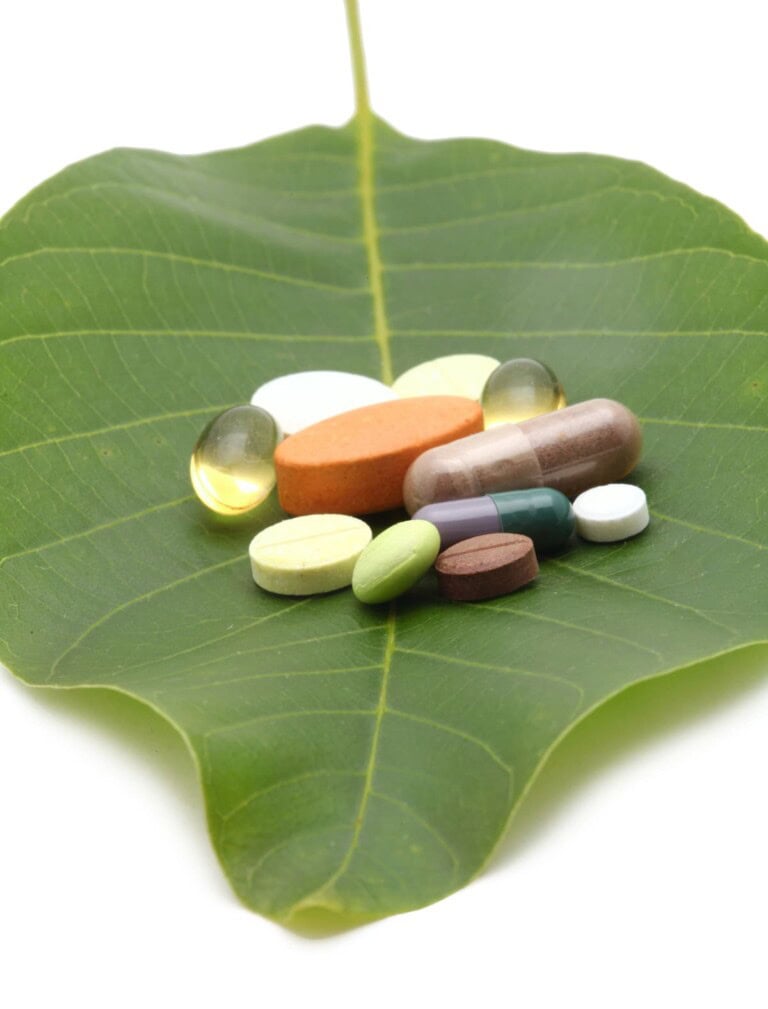Orange Color Fruits
Orange Color Fruits:
You should try eat a variety of colors during the day: orange, red, yellow, green, blue, white, and purple. Every color has unique vitamins. Try eating some of these orange color fruits today!
The antioxidants in orange fruits that give them their color, beta-carotene, also maintains glowing skin, hair, and eyesight.
Also look at the Best Orange Vegetables!
Because most people’s diets are deficient in beta-carotene, it’s critical to include a few orange fruits on your plate every day. Citrus fruit’s yellow coloring isn’t high in beta-carotene, but it is high in another antioxidant, vitamin C, that also benefits fighting infection. Here are a few orange-colored fruits that you should try.
Oranges:
Oranges are the only fruits that not only serve as a color name but more as a taste. Make sure you consume lots of oranges and juice throughout the winter months because they are high in vitamin C and beta carotene. Oranges come in a various sizes and shapes. Some might be sweet, while others are tart. All you must do is peel and eat to acquire this essential vitamin.
Mandarin:
The name “mandarin” relates to Citrus reticulate, commonly known as “kid-glove oranges,” which has a deep orange skin that is easy to peel and separate into sections. The fruit’s word comes from its origins in China. Mandarin rinds, which are shaped like small rounded spheres with thinner, leathery skin, become rough as the fruit grows and separates from the interior pulp, providing them with their easy-peel repute.
Tangerine:
Tangerines are a form of mandarin. Tangerines are orange in color same as oranges, though certain types may have red or green tints. They are, although, shorter and less spherical. They have a sweeter flavor as well. Both the flesh and the peel are packed with nutrients.
Kumquat:
Kumquats are little citrus fruits grown on short shrub-like trees which are commonly utilized in gardening in hot climates. Kumquats, which are native to eastern Asia and related to the very same fruit family as limes, and oranges are distinguished by their tiny size and edible peel. They may occur as early as November and as long as April, depending on the cultivar, but they are at their beautiful best around January and December. kumquats can be pickled, candied, pureed, converted into marmalade, or just cleaned and consumed whole in several ways.
Persimmon:
Persimmons are medium to bright orange fruits with such a tomato-like stem that also are gathered in the late fall from trees. Whereas a native persimmon can be found in some places of the US., Asian cultivars are the most frequent. The most prevalent persimmon is Fuyu, a short, spherical persimmon that looks like a red tomato. Hachiya, an acorn-shaped fruit that turns dark orange when mature, is the second most common form in America. Both contain brilliant orange flesh and a delicious peel that is occasionally removed. Fresh persimmons are pricey due to their short season and restricted accessibility in the United States.
Apricot:
Apricots, sometimes called Armenian plums, are a type of stone fruit. They appear like a smaller form of peaches and have the same tangy taste as purple plums. They are high in nutrients. Apricot help in enhancing digestion and eye health. Apricots are best eaten whole and unpeeled, as the skin contains a lot of protein and minerals. The stone must be discarded because it is inedible. Several antioxidants, such as beta carotene and vitamins E, A, and C, can be found in apricots.
Nectarine:
Nectarines are a variety of peach that lacks the fuzz. They have such a taste that is comparable to peaches, but there are some variances as well. Nectarines are smaller, harder, and also have a stronger honey-like scent than nectarines. Trying to squeeze a nectarine isn’t the greatest way to detect if this is prepared to consume; it just tells you if it is prepared to consume right now.
Peach:
Peach is a fruit native to northwestern China. Its flesh is enclosed by a single enormous central seed. A peach inside flesh might be white, yellow, or orange. Fruits high in vitamin A, such as peaches, are believed to give protection against lung and mouth malignancies. Fluoride, iron, and potassium, are among the minerals found in them. They are sweet, soft and smell wonderful, taste great both cooked and raw, and are rich in vitamins, antioxidants, and minerals. Enhanced digestion, a healthy cardiovascular, a powerful immune system, and reduced seasonal allergies are just a few of the potential medical advantages of peaches.
Cantaloupe:
In the summertime, cantaloupe melon is a delightful snack that also provides nutrients that are good for one’s health. Cantaloupe’s water, minerals, antioxidants, and vitamins have several health benefits. Antioxidants can aid in the prevention of cell damage. The body makes unstable chemicals known as free radicals in metabolism, which can accumulate in the body. Antioxidants help eliminate free radicals.
Papayas:
The consistency of papaya is soft. The seeds are also healthy, albeit they are more bitter than fruit. Papayas are a tropical fruit native to Central and South America. They do best in tropical climates with a lot of rain but little long-term floods. Cold weather has the potential to ruin a papaya crop. Diets high in antioxidants may lower the risk of cardiovascular disease. Papaya contains folic acid, which is necessary for the metabolism.
Conclusion:
If you enjoy the bright colors of orange fruits, you should consider planting orange color fruit. The citrus oranges were not the only orange-colored fruit; there are numerous additional orange-colored fruit kinds, each with its own set of health benefits.
If you enjoyed this post about Orange Color Fruits and would love to see more, join me on Youtube, Instagram, Facebook & Twitter!
Get discounted copies of my cookbook here.
Fortunately, because of the Ads on our website, readers and subscribers of Healthier Steps are sponsoring many underprivileged families.













i love orange color fruits